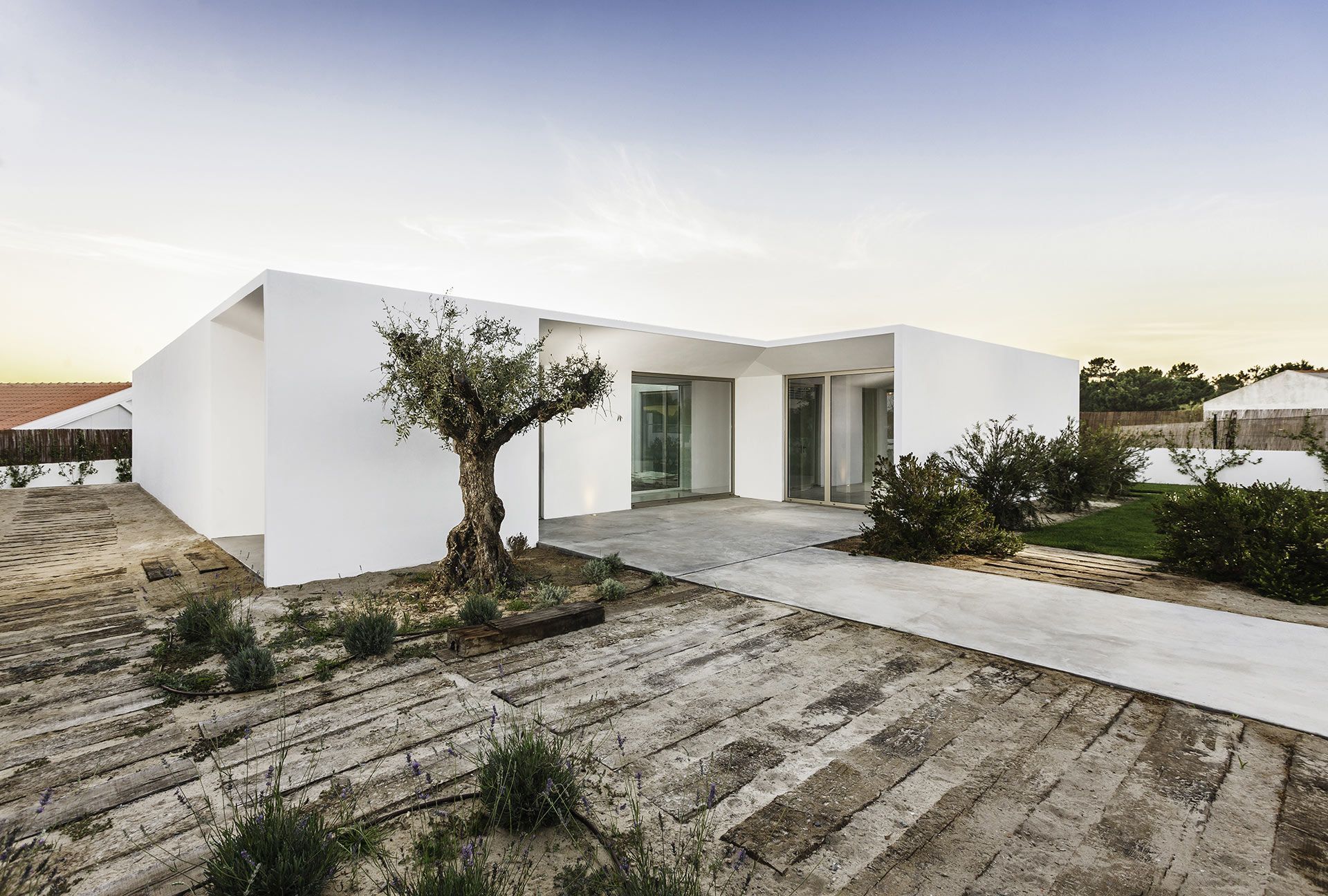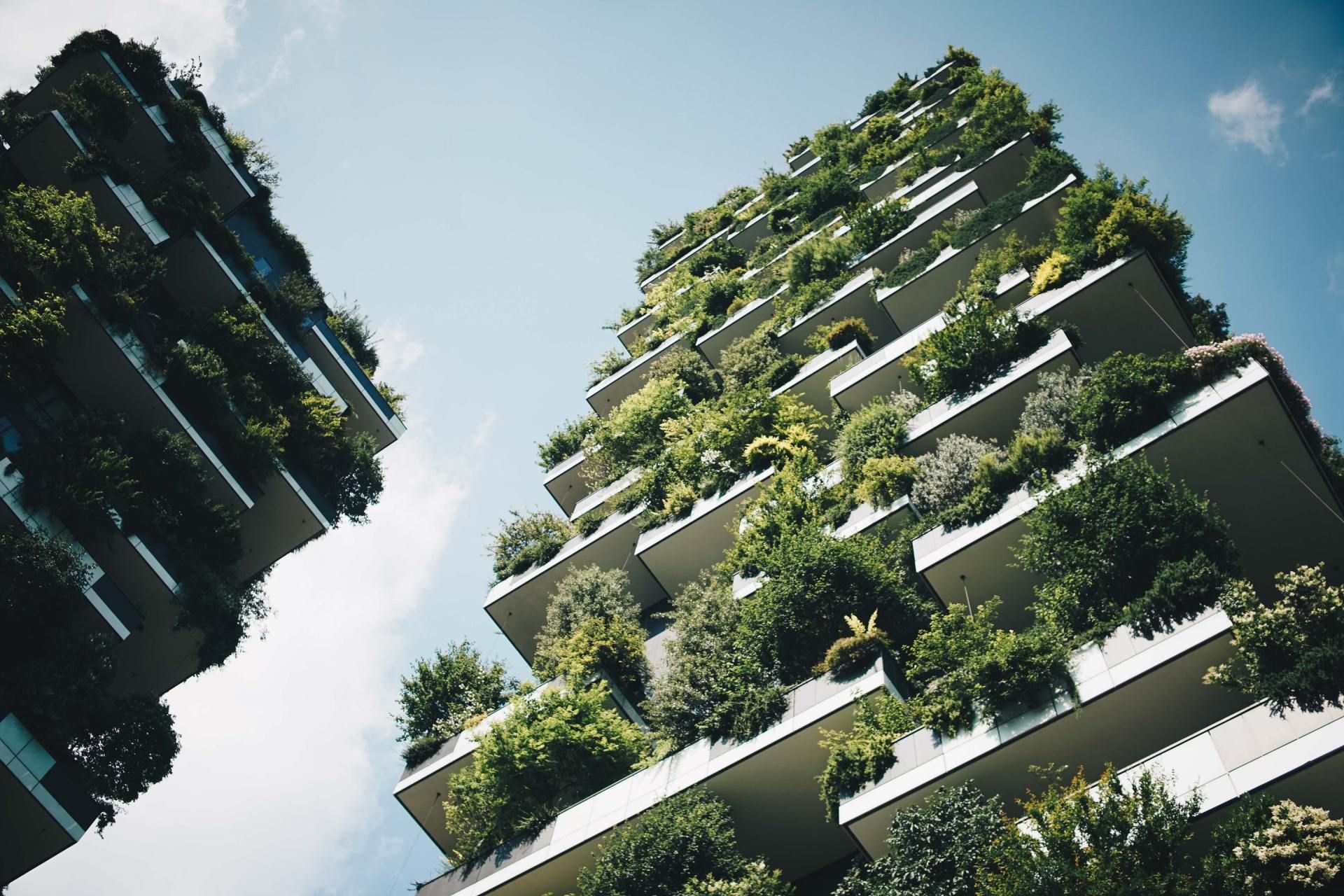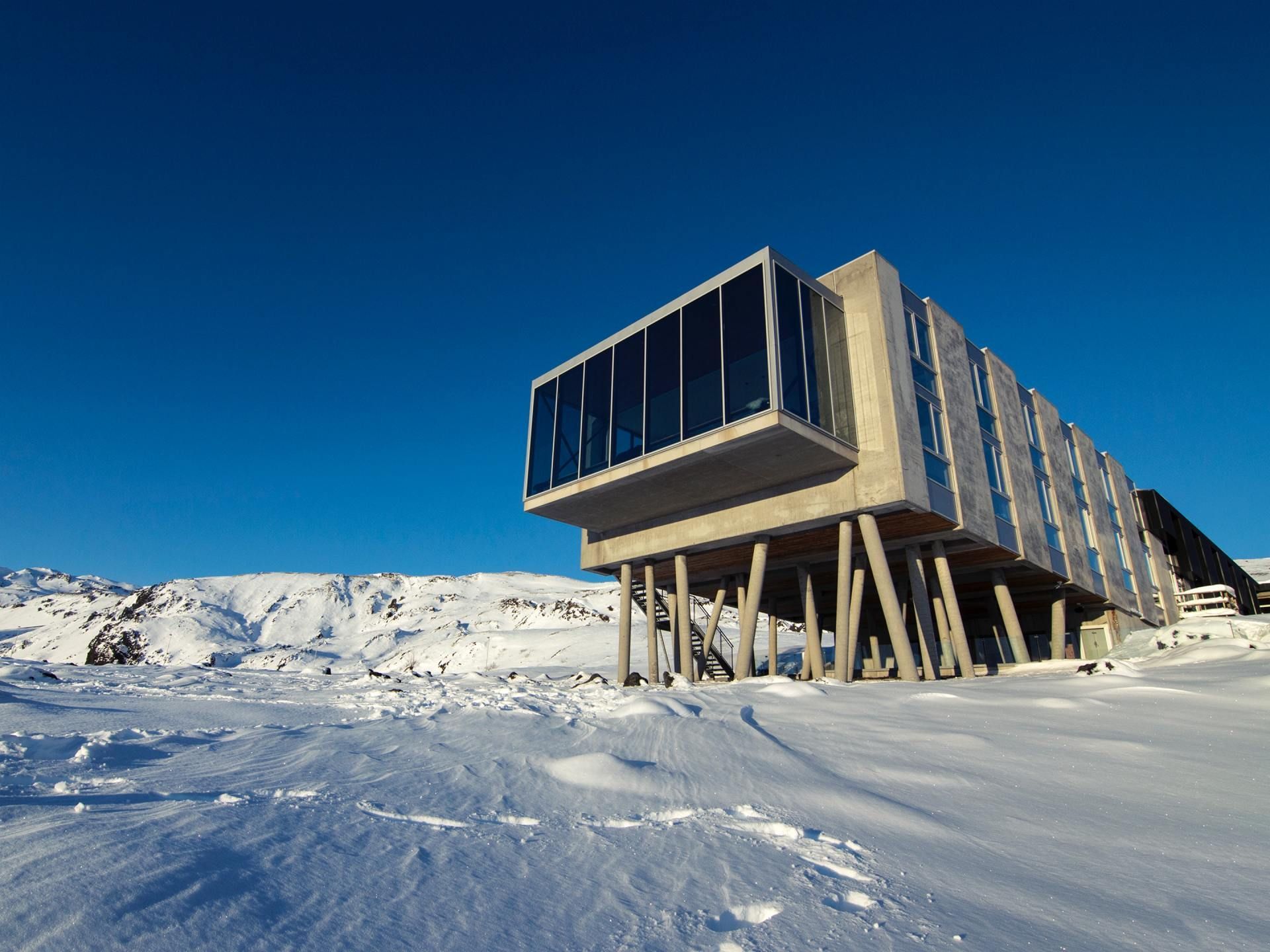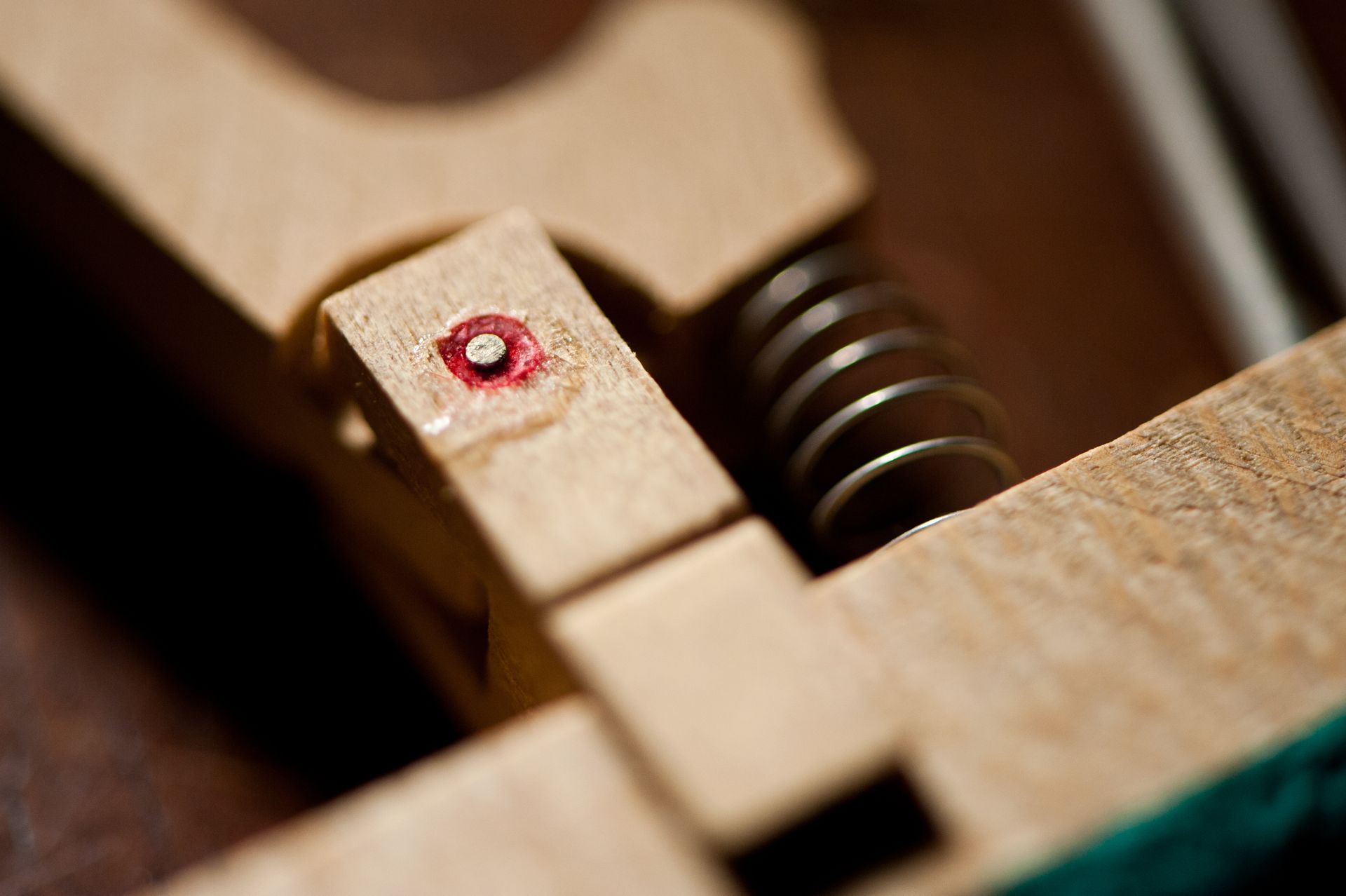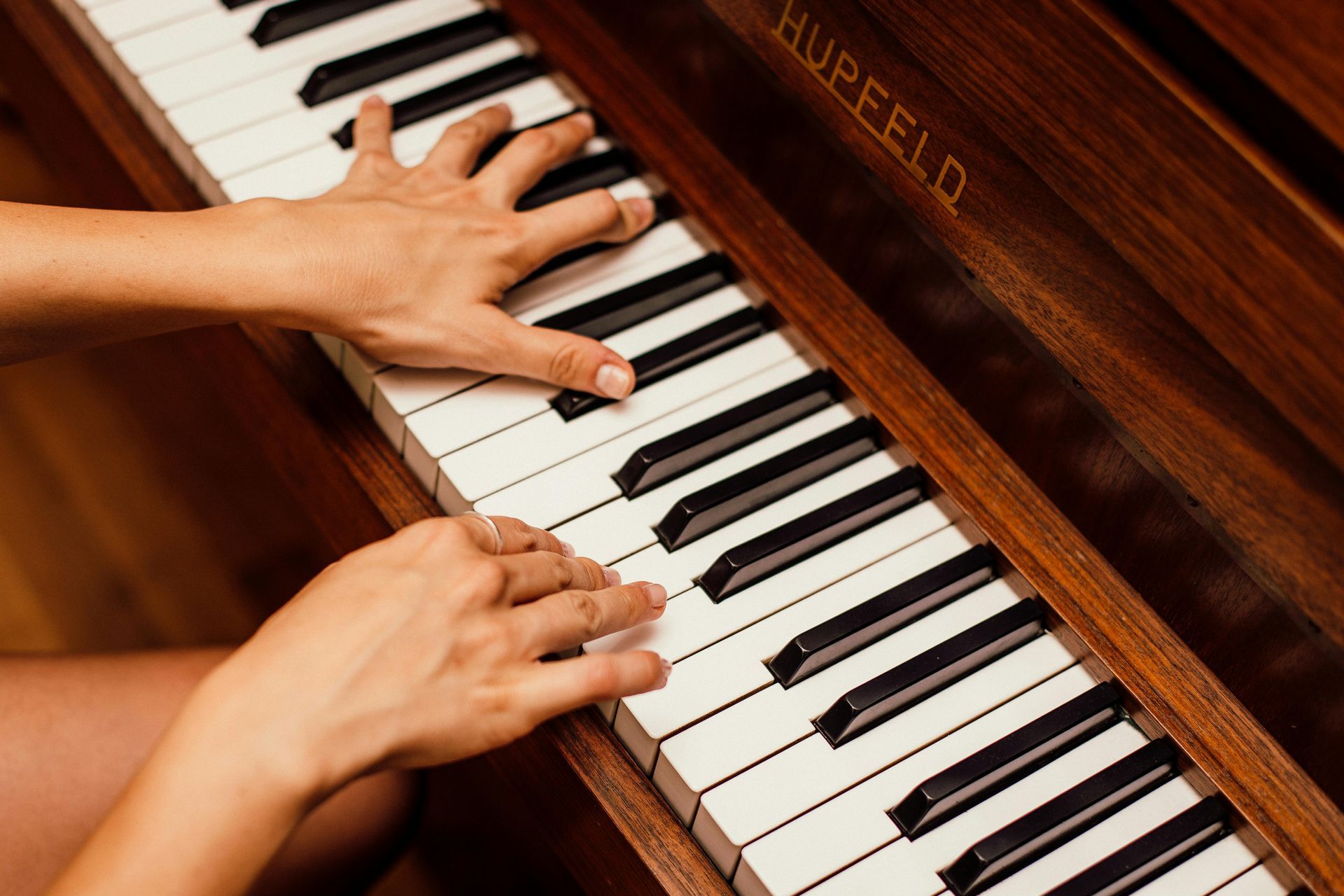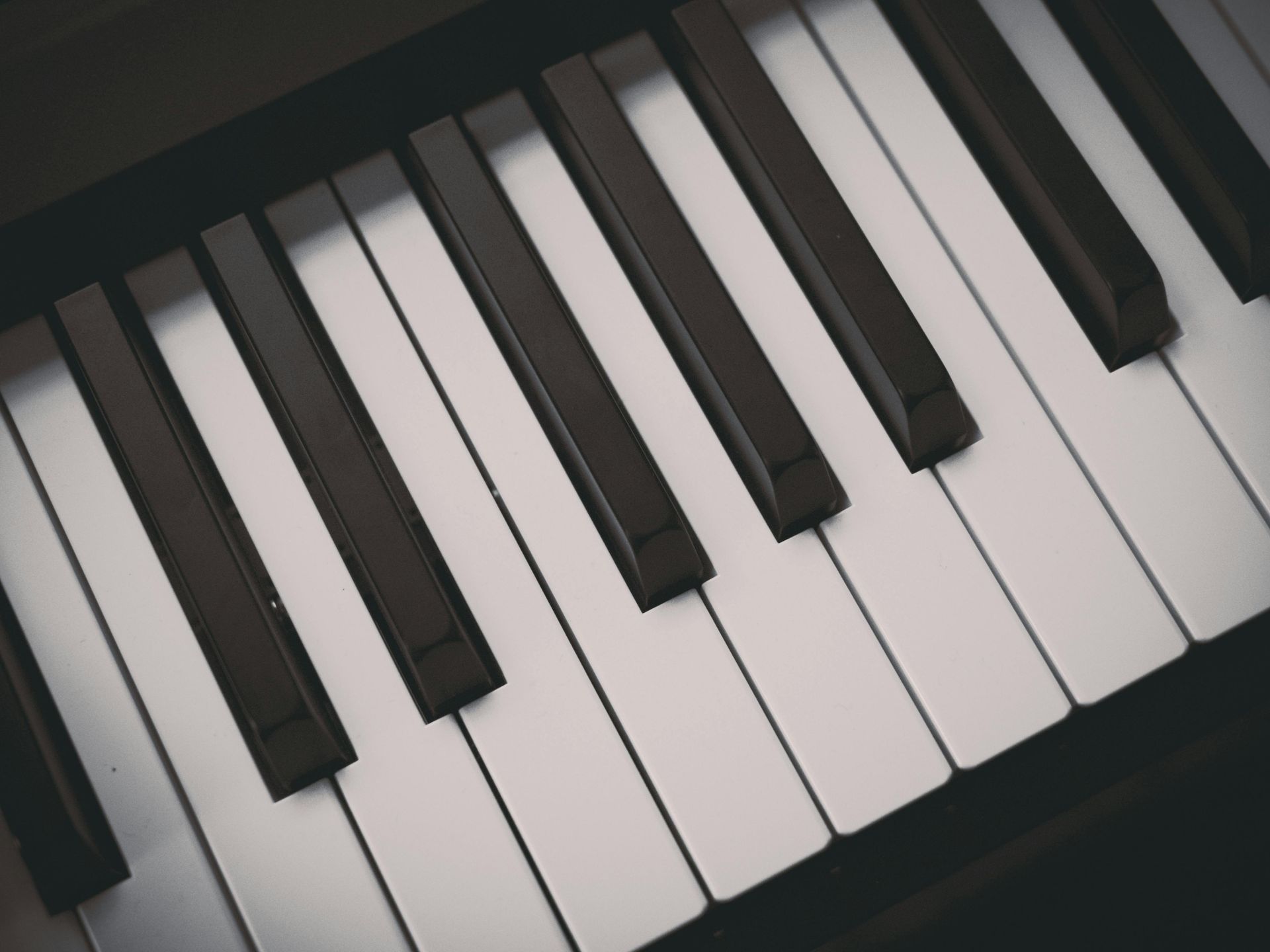The Best Time of Year to Tune Your Piano in Wisconsin
The Seasons Are Tough on Your Piano
If you're a piano owner in Wisconsin, you know how drastic the seasonal temperature and humidity changes can be. From harsh winters to humid summers, these shifts can wreak havoc on your piano’s tuning, tone, and overall performance.
But don’t worry—there’s a simple solution! Scheduling your piano tunings at the right times of year can help preserve its sound, reduce tuning instability, and prevent unnecessary repairs. In this post, we’ll discuss why timing matters and the best seasonal care tips for your piano.
How Wisconsin’s Climate Affects Your Piano
Pianos are made primarily of wood, which is highly susceptible to humidity fluctuations. This is especially true in Wisconsin, where temperatures drop dramatically in the winter and rise in the summer. As a result:
- Winter’s dry air causes wooden parts to
shrink, which reduces string tension and leads to a flat, out-of-tune sound.
- Summer’s humidity causes wood to
expand, leading to sharp notes, sluggish keys, and tension imbalances.
The constant shifting between these extremes can cause pianos to go out of tune faster and may even lead to long-term damage if not properly maintained.
When Should You Tune Your Piano in Wisconsin?
As a general rule, pianos should be tuned twice a year in Wisconsin—ideally once in spring and once in fall.
1. Spring Tuning: After Heating Season Ends
In late spring, when the heating systems are turned off and the air becomes less dry, your piano’s humidity levels should stabilize. This is a perfect time to restore your piano’s tuning after a harsh winter.
Why it’s important:
- Your piano will have endured months of dry, heated air, causing it to go out of tune.
- Tuning in spring ensures that it’s in good shape for the warmer months ahead when humidity levels rise.
Ideal timing: Late March through early May, after the heating season ends.
2. Fall Tuning: After Humidity Drops
In fall, Wisconsin’s humid summer air gives way to cooler, dry air. This is when humidity levels tend to drop, and your piano may once again experience fluctuations in its pitch.
Why it’s important:
- Your piano will likely need a
pitch correction after summer humidity. If you leave it unchecked, the strings can lose their tension, making it harder to tune.
- Fall tuning also
prepares your piano for the coming winter, when dryness will affect its sound and stability once again.
Ideal timing: Early September through November, after the summer humidity subsides.
Why Tuning Twice a Year Is Crucial
Your piano’s tuning stability is directly affected by seasonal humidity and temperature changes. Here’s why tuning twice a year in spring and fall is the best approach:
- Prevents major pitch drift: By tuning at the start of each season, you avoid large pitch shifts caused by humidity.
- Ensures smooth playability: Keeping the piano in tune prevents mechanical stress on the action and string tension, reducing wear.
- Preserves tone and value: Regular tuning maintains your piano’s
resale value and ensures the
highest quality sound.
What Happens If You Skip Seasonal Tuning?
Skipping a seasonal tune-up, especially during extreme weather changes, can cause several issues:
- Tuning instability: Your piano may go out of tune much quicker.
- Action problems: The keys may feel sluggish, uneven, or unresponsive.
- Soundboard damage: Long-term exposure to fluctuating humidity can cause cracks in the soundboard, which affects tone and structure.
It’s always easier to maintain your piano than to fix it after it’s gone too long without attention.
Extra Tip: Control Your Piano’s Environment
Along with regular tuning, humidity control is key to your piano’s health. Consider using a humidifier in the winter and a dehumidifier in the summer. In extreme cases, you may want to invest in a Dampp-Chaser Piano Life Saver System, which regulates the humidity inside the piano itself.
Here are some easy ways to protect your piano:
- Keep it away from direct sunlight, radiators, and AC vents.
- Place your piano in a
room with stable temperature and humidity.
- Use a
hygrometer to monitor the climate in the room.
Serving the Northwoods with Expert Piano Care
If you live in Woodruff, Minocqua, Rhinelander, Eagle River, or surrounding areas, I’ll be happy to schedule a spring or fall piano tuning to keep your instrument in top shape.
Ready to Book Your Seasonal Piano Tuning?
Let’s get your piano tuned and ready to perform at its best for the season ahead. Don’t wait until your piano is out of tune—schedule your spring or fall tuning now.
Bill’s Piano Services – Woodruff, WI
(715) 892-2705
billn0614@gmail.com
